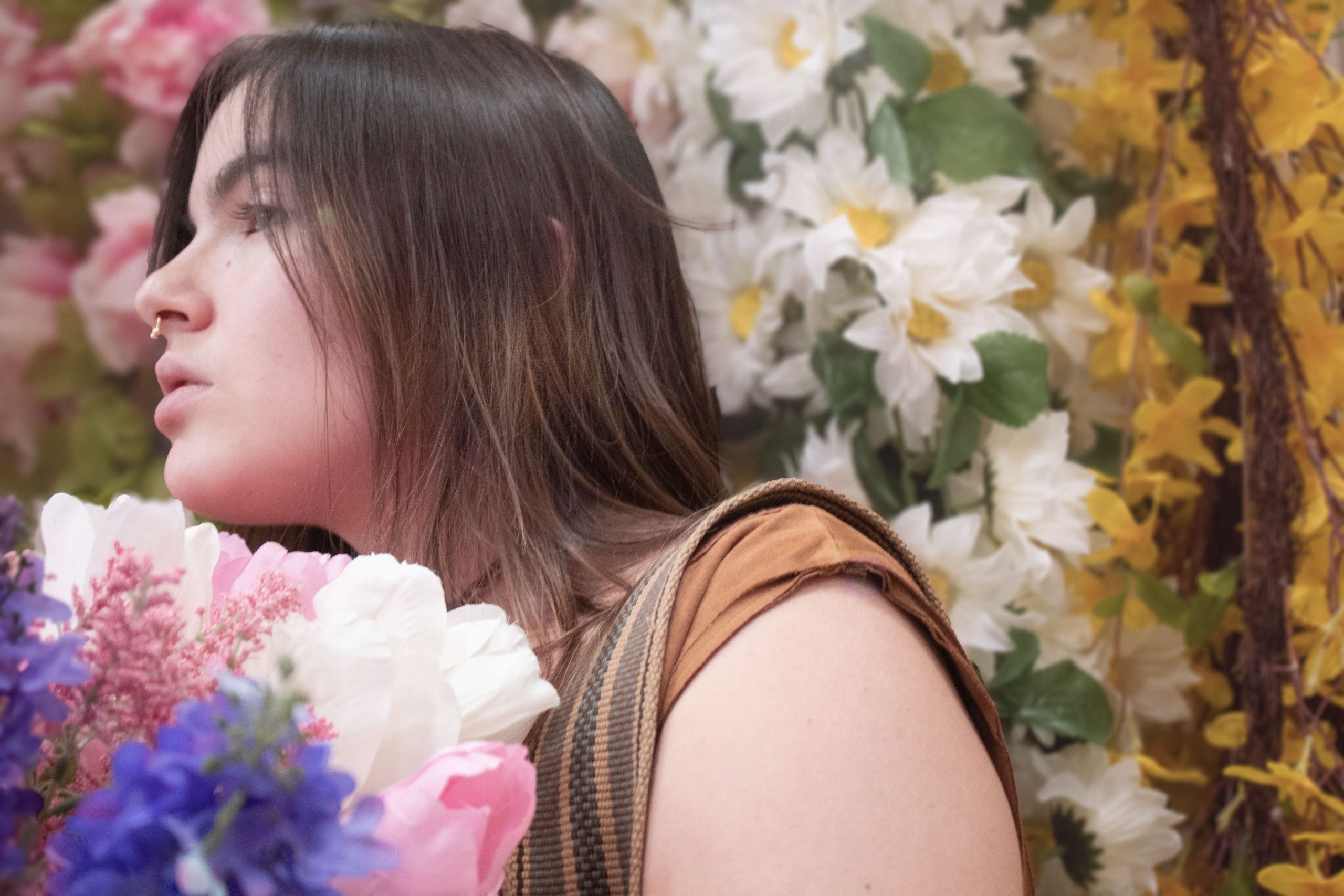
Why does Springtime have such a feminized connotation to it? Does the season of the year with spring and flowers implicate a girly scene? Well yes, but its history with today’s state of the world ties all those associations and emotions together, with a little twist.
As the temperature gradually rises, the birds start singing more, and pollen starts filling up your nose, you know that spring has arrived. And during this spring season, the flowers would start to bloom again. Flowers have those delicate qualities of them with their softness and sweet fragrance. The beauty each of them possesses coincides with a woman’s individuality. They are beautiful as a group, but until you take the time to see each one, you don’t notice that they personally carry traits that are admirable beyond comparison. Additionally, they are also a reflection of traditional feminine ideals with flowers symbolizing the creation of life and growth.
Springtime has been representatively known for fertility and rebirth because it can be seen as the mark of a new growth cycle; this renewal of life. That is why it is not a surprise that spring has many visions of female imagery; similar to when we say mother nature, the personification of nature as a life-giving and nurturing mother. The bloom of trees and flowers can evoke feelings of wonder and beauty. The emergence of spring flowers many people view as a sign of renewal and hope. Both flowers and the season of spring have those connections of reproduction. Interconnectedness with the role of women and the act of giving birth to human life.
Yet, in America, a little bit less than half of the women today describe femininity as independent and loyal. And over half of the women without children of their own have no desire to bear a child, with the biggest consideration influencing their decision being to maintain their personal independence. Therefore, why is it so ingrained in society that the value of a woman comes from their position of reproduction? It is because, throughout women’s history, the Court ruled that women’s bodies are “an object of public interest,” because of their primary role as reproducers. But in today’s economy, the future of children seems uncertain. With the rise of climate change and inflation, there are factors out of our control as citizens that would hinder our quality of life. For that reason, the act of not having children comes from a place of love because they value the child’s life. That is where the cultural expectation that is reinforced by society is being used, the roles of women as nurturing and caregiving. Hence, that part of womanhood would always seem to be a part of their lives; yet, there is always room to make womanhood worthy of one’s own. Unlike with flowers, we see a singular flower in a vase and can see the beauty it attracts, whereas a singular rose given indicates love for a special someone. And there is no cultural expectation from humans for flowers to act a certain way; the blooming beauty it brings initiating from spring would be enough for it to be cherished.
Spring is also known for new beginnings and transformations. So, instead of perceiving women as playing their role in reproduction, we should perceive them for their independence and freedom they value on their own. Women’s value has always been because of the service they do for others, but being of value to oneself is one not too common. When women receive flowers they express feelings of happiness because of the gesture from the person they received it from, when women receive flowers they are being valued for being themselves. It could be as a gesture of love, commendation, friendship, etc. Nowadays, there has been growing recognition of the importance women bring to this world beyond the traditional caregiving roles, such as pursuing fields that are male-dominated and embracing their individuality and uniqueness. Each flower is distinct from others, and while many of them may appear similar, they each have their own unique genetic makeup. Similar to women as well, each of them has different values they can bring forth to the world, with different ambitions and goals. That is why gender roles are slowly breaking because you can no longer confine a woman to a specific role or perceive them all the same. Because in early American history, women were expected to be mothers, and the role of motherhood was deeply valued. However, the rise of women’s rights and feminism gave women more freedom to make choices about their lives, which includes their choice of whether to have children or not.
The connection between flowers and spring is that this is the season when flowers start to bloom. This is because as the weather starts to get warmer, they would come out of dormancy to resume their growth cycle, which all leads to a field of beautiful flowers. Now as we are in a time where open-mindedness is welcome, differences are celebrated, and the perceptions generations ahead of us constantly pushed down to women can no longer be as effective. We can enter a new field by being receptive to a broader world of expectations.
While motherhood is still viewed as an important role in American society, it is no longer seen as the sole measure of a woman’s purpose or worth. However with flowers, their primary purpose is reproduction, yet they are appreciated more than their purpose but for the overall effect, it has on people. The way flowers light up a room and bring instant joy to those receiving them, it is filled with love and charm and has infinite values beyond their purpose. By this, we should switch the narrative that even though a woman’s purpose is no longer affiliated with reproduction, it can be by their own self-worth. Individually, flowers can be appreciated for their unique shapes, colors, and scents. Many people enjoy picking and arranging individual flowers or use them individually as decorations. They could be seen and admired on their own. We can now view women not as baby machines that bring value to continuous life on earth, but the life of their own. To be acclaimed and picked out from a field of flowers to be admired for its own beauty and assets that is distinguishable from the rest of the garden.

Comments